You know all too well how enjoyable it is to experience a ride on a bike equipped with a Rockshox Pike Solo Air fork. Regrettably, such bliss will eventually come to an end as all forks must be serviced. Fortunately, Rockshox has taken into account the needs of those using the Pike Solo Air forks by providing a dedicated service kit specifically for them. We have crafted this step-by-step guide to offer advice on how to take advantage of the kit in order to perform regular maintenance for those specific forks.
To start, lift the air cap from the top of the left fork. Subsequently, utilize a shock pump to exhaust the air in the fork. After the pressure is eliminated, extract the air spring assembly from the left fork leg.
Once the bottomless tokens have been extracted from the air spring mechanism, take note of their two distinctive sizes. Make certain these pieces remain aside from each other. When this is complete, it’s time to undress the air spring bottom nut and extract the entire appliance from the left struts of the fork.
To separate the damper assembly from the left fork leg, initially take out the rebound knob. Following this, take off the top cap of the damper rod. Finally, with both components eliminated, you can unscrew the damper assembly away from the left fork leg. The removal of the air spring assembly is a prerequisite for this to occur.
Now that the damper assembly has been taken out, you are able to take away the dust wiper seal from the damper shaft. To do so, eliminate the clip that is keeping the dust seal in place. Following that, use a pick to carefully draw out the dust wiper seal from the damper shaft.
The piston assembly is now ready to be taken out from the damper shaft once the dust wiper seal has been removed. To take it out, start by taking away the piston retaining clip. Next, use a pick to separate the piston assembly away from the damper shaft.
Now that you have eliminated the piston assembly, it is possible to remove the damper shaft from the left fork leg. Begin by taking off the damper shaft top cap, then carefully unscrew the damper shaft from the left fork leg.
After the damper shaft is separated from the mix, you are free to take out the bottom out bumper from the left fork leg. Commencing with detaching the bottom out bumper restraining clip, you can then use a pick to pry the bottom out bumper away from its belonging fork leg.
To separate the air piston from the left fork leg, the final step requires you to start by unclasping the air piston retaining clip. Subsequently, use a pick to delicately dislodge the air piston from its resting spot in the left fork leg.
After detaching the air piston, you have successfully concluded the servicing of your Rockshox Pike Solo Air fork’s left leg. To finish up with the right side, merely replicate the procedure you’ve followed above.
Post time: 2023-06-28
Related Product
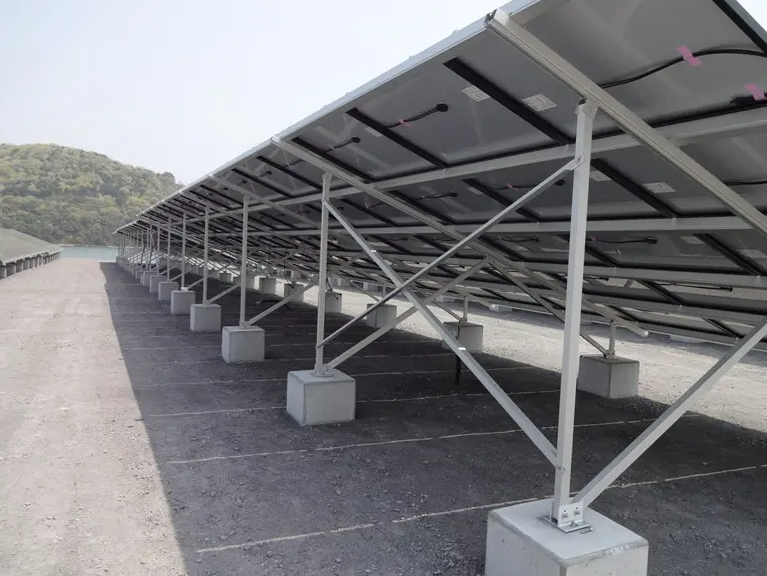
GROUND MOUNT PV Support
Placement position Ground Applicable component type Framed or frameless solar panels of various sizes Raw materials of support aluminium alloy Installation angle According t […]
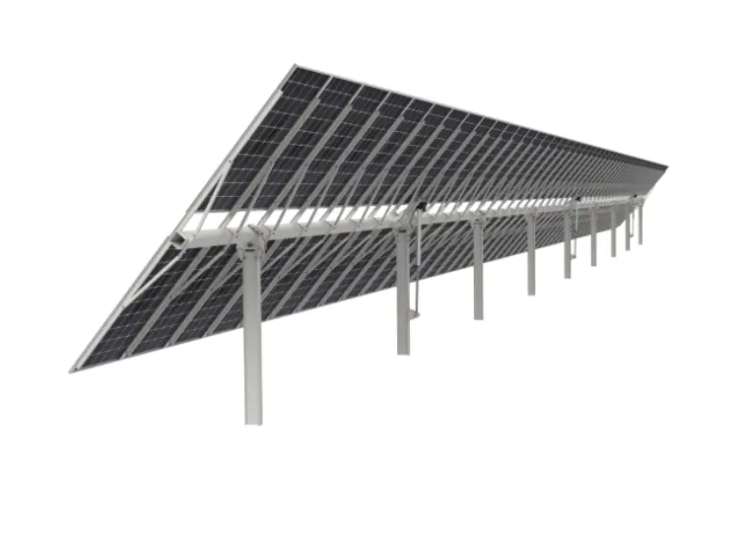
PV bracket tracking system
Ground tracking photovoltaic support Fully adapt to 210 major components The product has been tested in CPP wind tunnel Use AI algorithm to optimize tracking mode Irregular land is […]
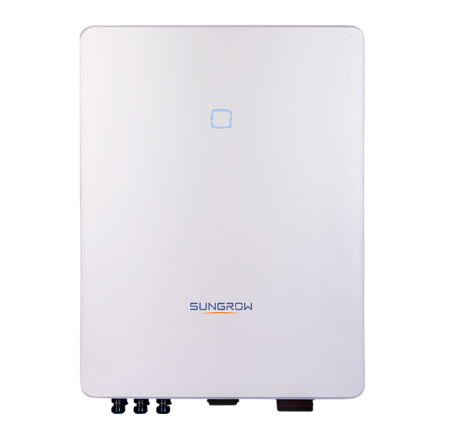
PV inverter
PV inverter (PV inverter or solar inverter) can convert variable DC voltage generated by photovoltaic (PV) solar panel into AC inverter of mains frequency, which can be fed back to […]
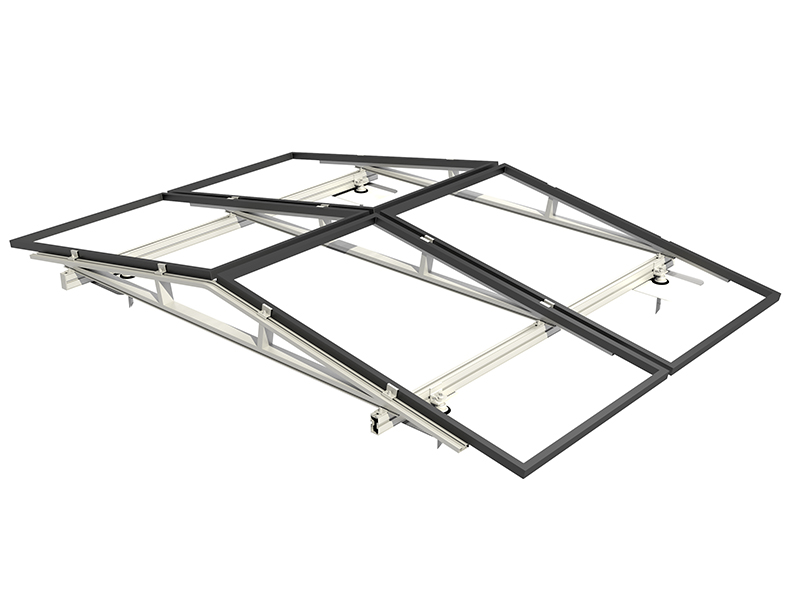
Inclined roof photovoltaic support
V support system for inclined roof The inclined roof installation system is suitable for all kinds of inclined roofs. According to the roof bearing capacity and waterproof requirem […]
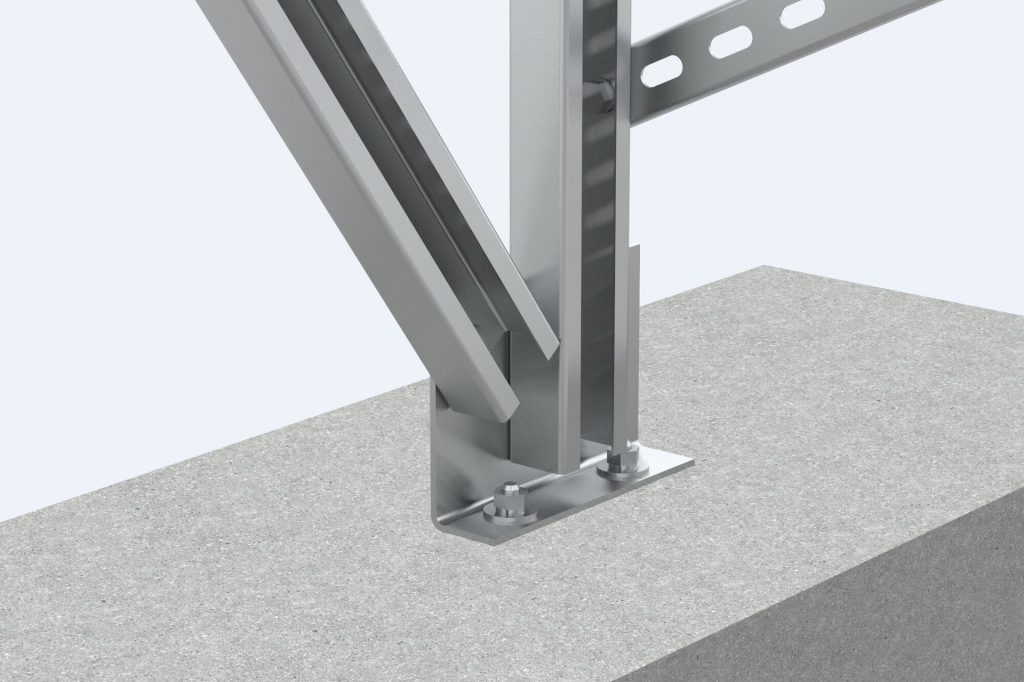
Flat roof photovoltaic support
Flat roof photovoltaic support Analysis of installation and construction problems of flat roof photovoltaic power station The external roof system on the roo […]

Solar panel
PV Kits for fields, flat and pitched roofs The kit using photovoltaic support system is critical to photovoltaic support, including wind calculation speed, order picking speed and […]
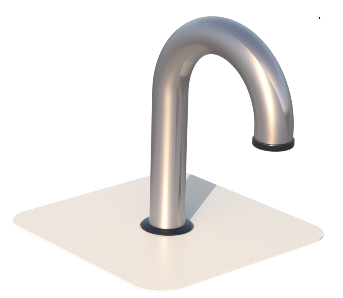
PV support KITS
What is Cable conduit? A metal protective tube with certain mechanical strength laid on the outer layer of the cable to prevent the cable from being damaged Cable threading […]
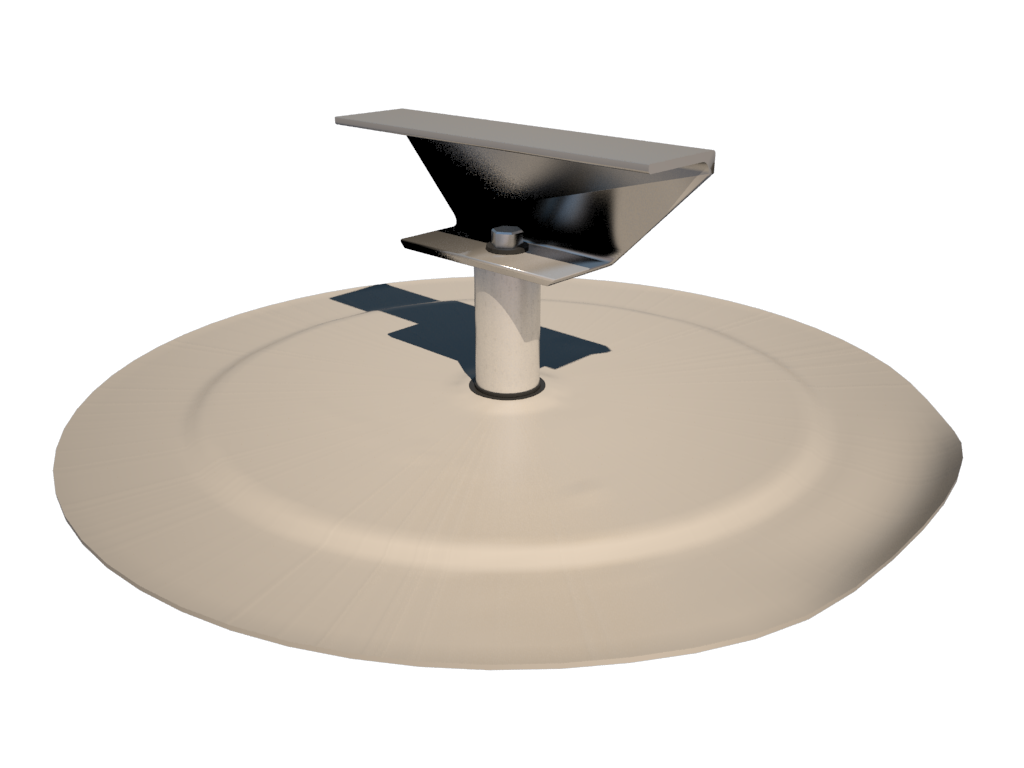
PV bridge support
Features of PV bridge support products: Strong resistance to negative wind pressure, good stability, strong bearing capacity and strong lateral tensile capacity; Easy and fast ins […]
